With the growth in popularity of electric vehicles, there is a growing concern about the safety of the vehicles themselves and the batteries that power them.
The electric vehicle (EV) sector continuously pushes the limits of automotive engineering and environmental sustainability, making it a leader in technological advancements. Amidst rapid development, addressing thermal safety, including the risk of thermal runaway, has become a paramount concern for EV battery manufacturers and consumers alike, particularly considering potential fire hazards.
With companies like FLIR, we have revolutionary thermal imaging technology at our disposal, which is completely changing the way we think about fire risk management and fire prevention in electric cars. Infrared technology is revolutionising our capacity to safeguard EV battery systems and enhance overall vehicle safety.
Delving into the impact of thermal imaging on the EV industry, this article sheds light on how the technology is elevating thermal safety measures, enabling early detection of fire prevention concerns, and ensuring the well-being of both the environment and vehicle occupants through enhanced EV battery protection.
Understanding the Basics of Lithium-Ion Batteries
Learning the fundamentals of lithium-ion batteries is essential before exploring the application of thermal imaging in the EV market. Lithium-ion batteries are commonly used in electric vehicles because lithium has high electronegativity and low density properties, enabling them to produce a considerable amount of electricity.
A typical lithium-ion battery has an anode, made from a carbon-based compound, and a cathode made of lithium oxide. The rechargeable cell is created by the constant flow of electrons between the anode and cathode inside the cell.
Manufacturing of Lithium-Ion Batteries
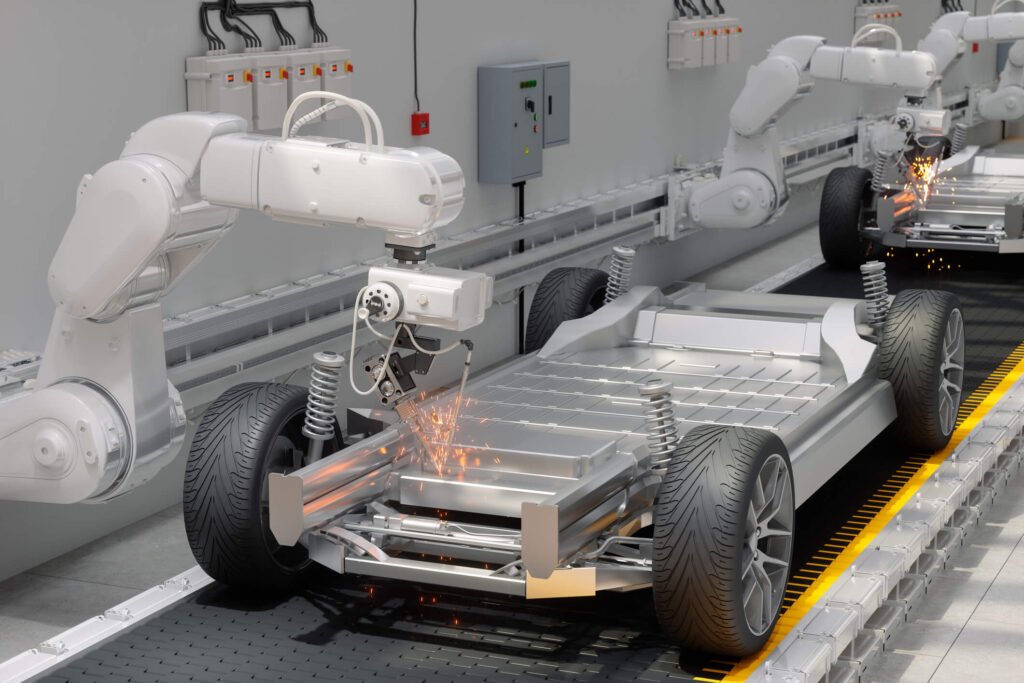
According to FLIR’s source, lithium-ion battery manufacturing typically involves the following steps:
- Sorting: Cells are inspected manually for visible deformities, damage, leakage, and the range of internal resistance to ensure the quality of the final product.
- Making a pack: The cells are welded together in a pack in a series or parallel combination based on the required output specifications.
- Combining the battery packs: The battery packs are connected using circuits and a control system to complete the manufacturing process of a lithium-ion battery.
- Testing: The finished product undergoes charging and discharging cycles to monitor the EV battery’s behaviour.
Thermal Imaging Basics
Thermal imaging is based on the principle of infrared radiation emitted by an object. Although this radiation is undetectable to the human eye, cameras calibrated for its particular wavelength are able to detect it. These thermal cameras are helpful for non-destructive, non-contact testing and monitoring since they have a 0.1°C precision in temperature measurement.
Visible vs Infrared
Heat signatures from objects are only visible when the object reaches a temperature of 1000°C. However, infrared cameras can detect heat signatures of objects at temperatures as low as -60°C.
Unlike night vision cameras which amplify small amounts of light, thermal imaging cameras specialise in capturing heat signatures for thermal security purposes, functioning optimally even amidst the absence of light, which is essential for fire detection.
Applications of Thermal Cameras
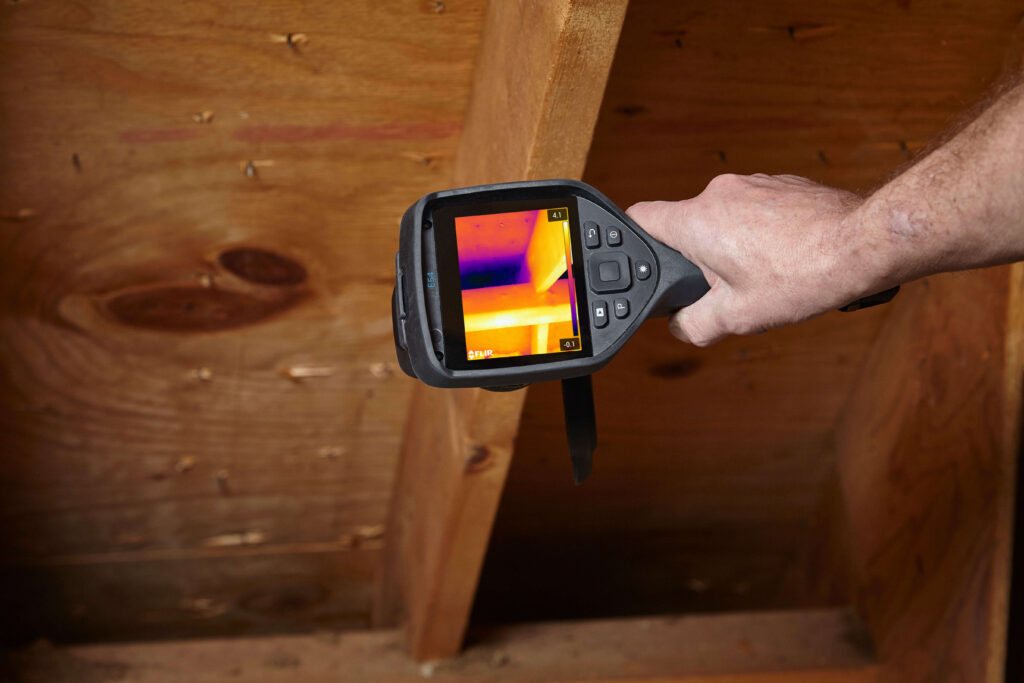
Thermal cameras have found various applications across industries, such as:
- Electrical utilities for predictive maintenance;
- Oil & gas industry for predictive maintenance, visualisation of Volatile Organic Compounds (VOCs), furnace inspection and flare monitoring;
- Manufacturing industry for predictive maintenance, quality assurance and Research and Development (R&D).
We already covered the applications of thermal imagers in a couple of previous articles, focusing on thermal imagers in data centres, thermal cameras’ role in saving energy or even how to hunt ghosts using thermal imaging, but today we are focusing on the thermal imaging in EVs.
Applications of Thermal Imaging in the EV Industry
In order to prevent overheating and potential fires, thermal imaging is employed in monitoring EV battery temperatures. This technique is crucial for identifying hot spots or uneven temperature distribution that may signal fire risk, such as compromised cells or subpar welding.
Welding
Welding is a pivotal process in the assembly of EV batteries, where precision and structural integrity are paramount. To construct a robust EV battery pack, lithium cell units must be meticulously welded together. Yet, substandard welds can introduce defects into the end product. Employing thermal imaging for battery testing, technicians can swiftly identify faulty welds by monitoring subtle temperature variations along the weld seam, enhancing fire prevention measures.
Cell Leakage
Whether from physical electrolyte leaks or energy leaks from electrical malfunctions, battery cell leakage can jeopardise EV safety and efficiency. Thermal imaging technology excels in fire risk assessment by detecting these leaks promptly and non-invasively, pinpointing temperature discrepancies when the cell place is compromised, thereby aiding in fire suppression strategies.
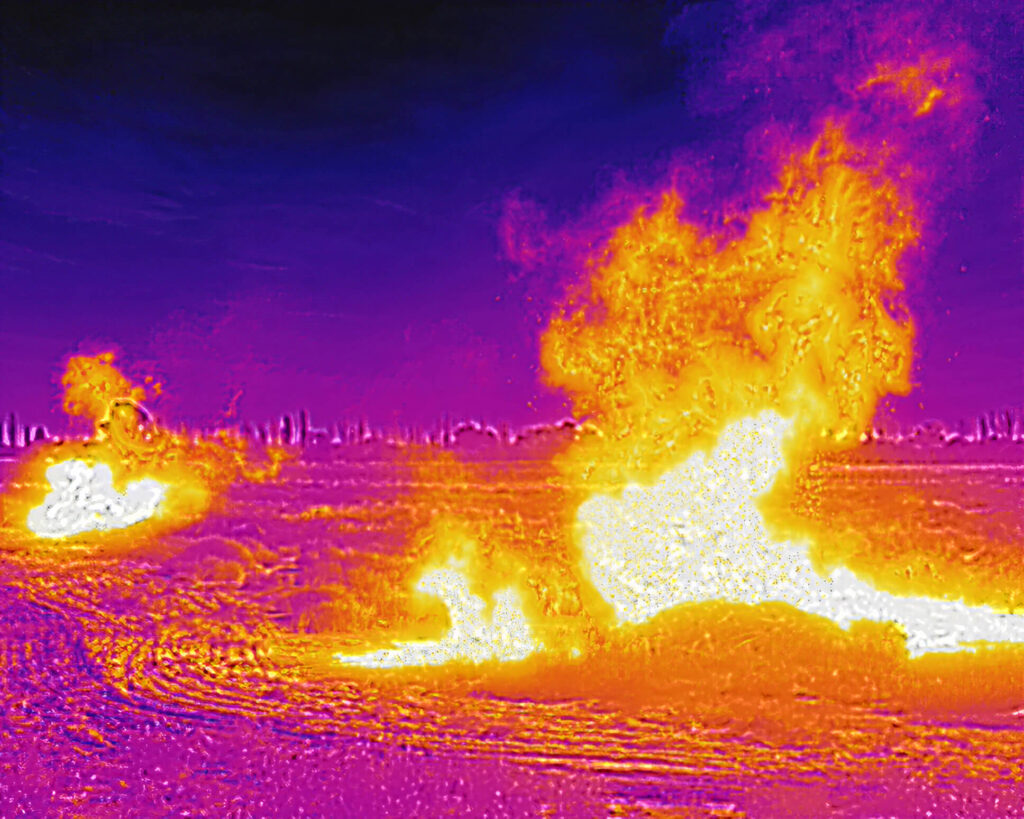
Uneven Heating
Despite thorough battery testing in manufacturing, the occasional defective cell may infiltrate the production line. These cells often exhibit minor temperature discrepancies during evaluations. A thermal camera, integral to thermal safety procedures, can effortlessly capture these variations, ensuring quality control.
Charging and Discharging
Temperature control is crucial during the charging and discharging phases of EV batteries, with temperatures potentially rising by 5°C to 6°C. Thermal imaging facilitates non-contact temperature monitoring of lithium-ion battery packs, allowing for precise surface temperature measurements during these critical stages.
Characteristics of Infrared Technology
Infrared technology plays a transformative role in fire protection, yet it has its constraints, such as its inability to penetrate glass. However, it can navigate through fog, thin plastics, and even specialised infrared inspection windows designed for industrial applications, maintaining high thermal sensitivity.
The effectiveness of thermal imaging in temperature monitoring is influenced by several factors, including an infrared camera’s resolution, lens size, and the number of detectors, all of which determine its viewing range capabilities.
Conclusion
As the EV industry grows, so do fire safety concerns. However, many of these fire risks can be significantly mitigated through the use of thermal imaging. This technology is indispensable for ensuring the reliability and safety of EV batteries, thanks to its non-destructive, contactless monitoring of temperature fluctuations.
Recommended products
IR Windows, FLIR
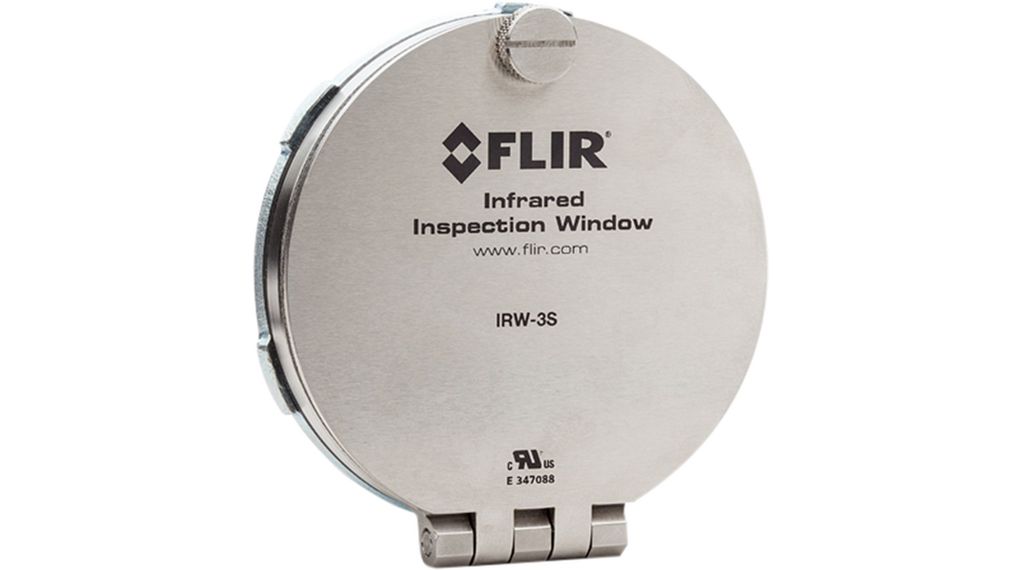
E96 Thermal Imager, FLIR
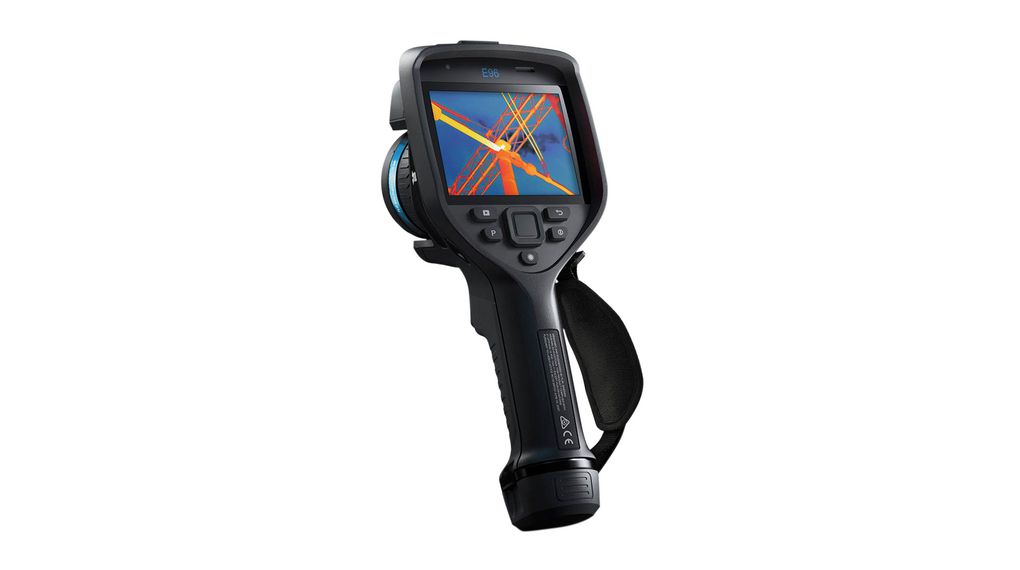
E8 Pro Infrared Camera, FLIR
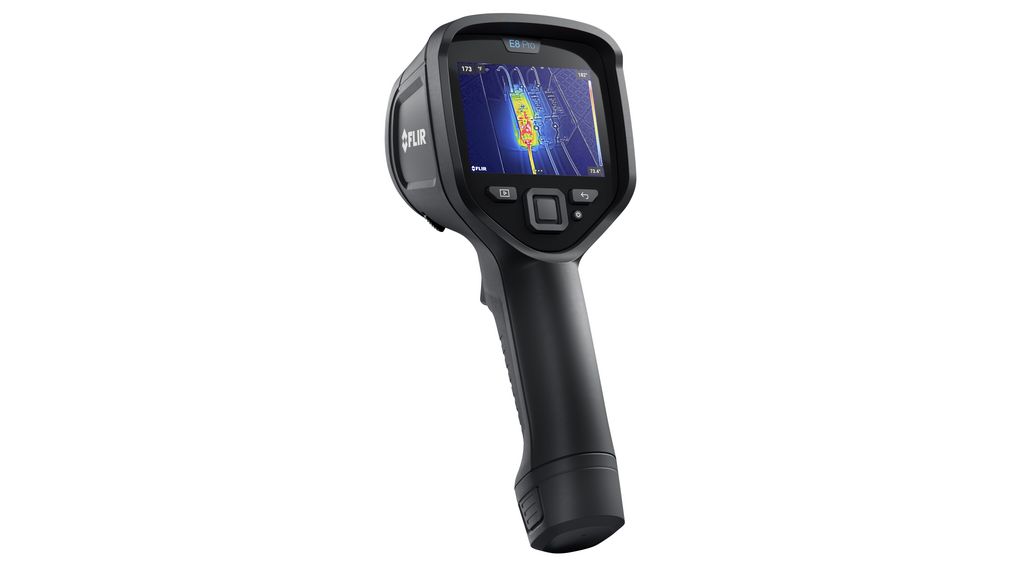
E54 Thermal Imager, FLIR
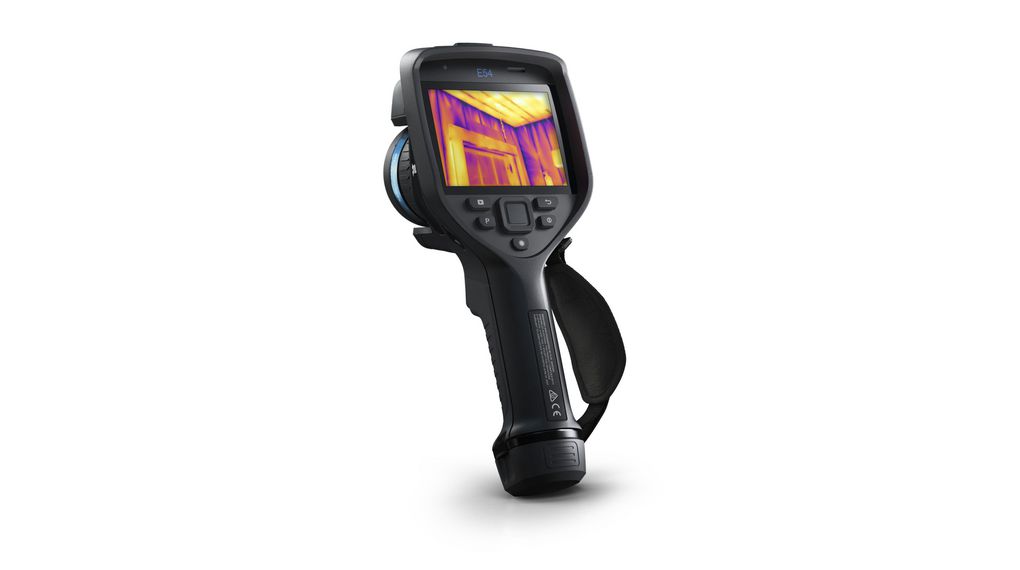
Source: FLIR
FAQs
Effective thermal management is crucial for ensuring that electric vehicles are equipped with safe, reliable EV batteries. This system plays a pivotal role in energy storage, keeping battery temperatures within optimal ranges to prevent overheating, thereby enhancing the battery longevity, and bolstering the efficiency and thermal safety of the vehicle.
Employing advanced battery management systems, utilising fire-resistant materials, and integrating sensors for early detection of overheating are key strategies for fire prevention. Regular maintenance and software updates further reinforce fire protection, while thermal imaging technology can pinpoint heat-related issues, allowing for swift resolution and enhancing EV battery safety.
In electric vehicles, a condition known as thermal runaway occurs when a temperature spike in a battery cell sets off a self-sustaining, rapidly intensifying heat cycle that could result in fires or explosions. It emphasises how vital effective thermal management is to averting these risks.
Utilising thermal imaging technology, firefighters can effectively engage in fire detection, locating hotspots, victims, and the origins of fires, even through smoke and darkness. This capability is instrumental in fighting EV fires, as it aids in visualising temperature disparities, thereby facilitating navigation and informed decision-making during rescue and firefighting missions.
The thermal management system in electric vehicles is not only essential for EV battery health but also for maintaining a comfortable cabin temperature. By regulating the temperature of the electric motor, power electronics, and battery, it ensures a pleasant environment for passengers while safeguarding the vehicle’s core components.
An electric vehicle’s thermal management system is integral to energy efficiency, ensuring that both the battery and motor operate at ideal temperatures. This optimisation directly contributes to preserving battery life and preventing performance degradation, which in turn, maximises the vehicle’s range and maintains the health of the EV battery.
Use the charger recommended by the manufacturer, charge at a temperature that is comfortable for the battery and keep the battery level between 20% and 80% for the best lithium-ion battery charging results. To protect battery health and increase lifespan, disconnect the battery once it is fully charged to prevent overcharging.










